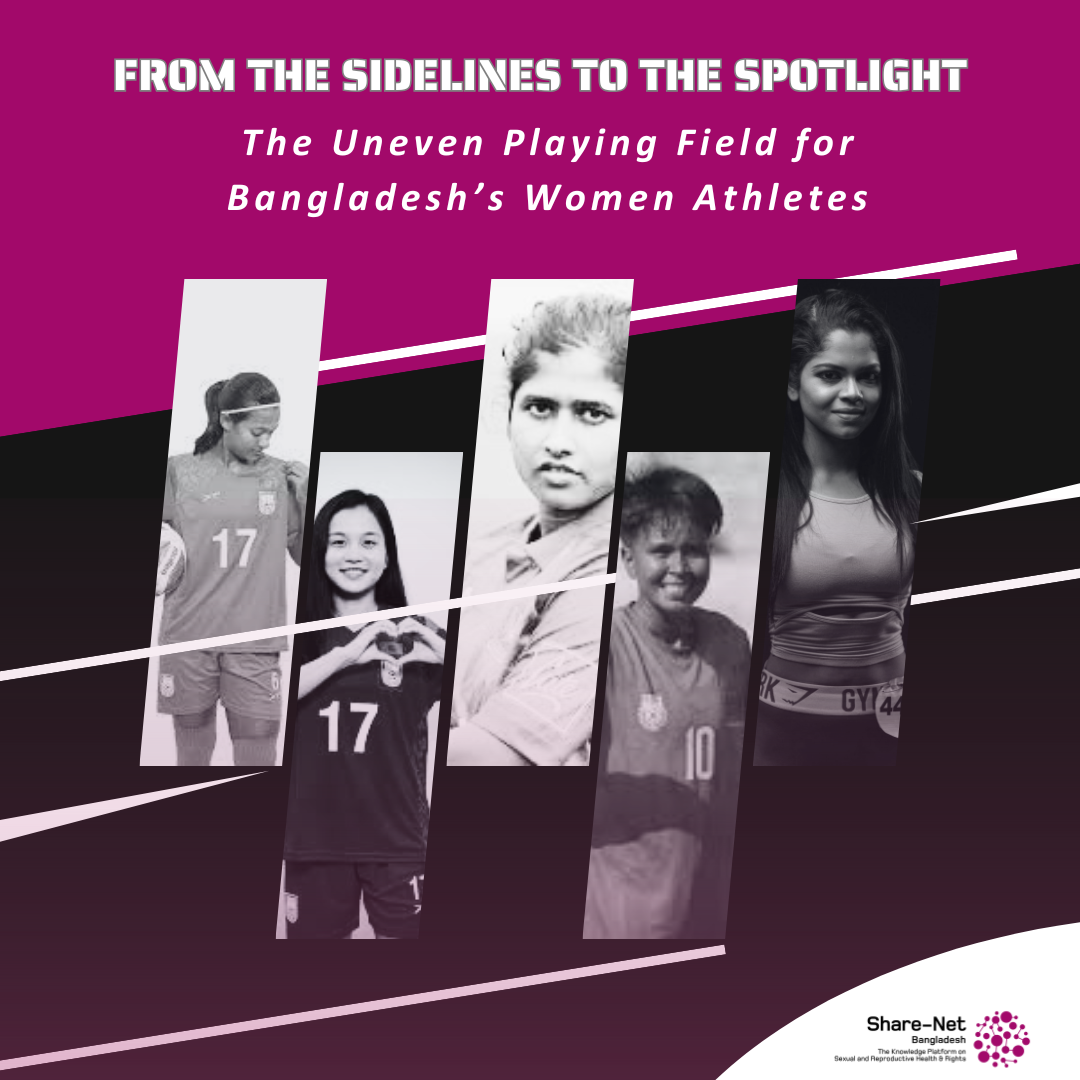From the Sidelines to the Spotlight: The Uneven Playing Field for Bangladesh’s Women Athletes
In the heart of Mirpur’s Sher-e-Bangla National Cricket Stadium, we see a juxtaposition in the parking area. Rows of polished cars shine under the sun. They whisper tales of male cricket stars’ victories and rewards. But something is missing from the narrative. How many of those cars are owned by female cricketers? Women who, despite donning the same jersey, remain financially sidelined.
Bangladesh’s women athletes have long fought battles that go beyond the field: the battle for contracts, recognition, and dignity. The divide is stark across sports, even as glimmers of progress begin to surface.
Take women’s football. In August 2023, the Bangladesh Football Federation (BFF) made headlines by awarding a record salary boost to the national women’s football team, which was a fivefold increase from their previous contracts. This initiative placed Bangladesh’s female footballers among the highest-paid in South Asia. For the first time, talents like Sabina Khatun and Rupna Chakma have been receiving monthly salaries between Tk 15,000 and Tk 50,000, depending on their contract tier. Misogynistic remarks in comment sections refer to it as charity. But the reality is the polar opposite.
This was not charity. It was recognition, a step forward earned through years of triumphs, including their historic SAFF Women’s Championship win in 2022. However, the celebration quickly met reality. By early 2024, it became evident that the BFF could no longer sustain these salaries through sponsorships alone. Relief came only when FIFA’s annual grant was utilised in April 2024. Bangladesh national women’s football team players from that point forward would be paid their monthly salaries from FIFA’s annual fund, instead of sponsor money managed by the Bangladesh Football Federation. This effectively put women’s football on financial life support.
Let’s look at this through the lens of cricket. If football had a breakthrough, cricket remains a story of paradoxes. The Bangladesh Cricket Board (BCB) recently announced a 35% pay raise for the women’s team. Their match fees and daily allowances are now equal to those of their male counterparts for international assignments. However, the basic pay tells a different story. Male cricketers earn between Tk 2 to 10 lakh under central contracts. Their female peers? A flat Tk 30,000 per month. For many women cricketers, survival, not glory, is the biggest rival.
Beyond cricket and football, sports like athletics, archery, and kabaddi remain stuck in the margins. In athletics, for instance, women train in facilities that still lack basic infrastructure. In kabaddi, female players are rarely televised, and most continue living outside the limelight, juggling multiple jobs to sustain their aspirations.
Bangladesh boasts a history of women who defied odds. We can think of Mabia Akhter Shimanto’s gold in weightlifting or Shirin Akter in sprinting. However, their victories rarely translate into sustained financial security or institutional support. The country’s sports system continues to behave like an entity that offers applause, not ownership.
Sports bodies often state they aim to “nurture talent,” yet when a female cricketer admits to considering quitting because she “barely manages to survive,” the nurturing sounds hollow. Equality isn’t only about awards or allowances; it’s about valuing athletes as professionals, irrespective of gender.
The applause is there. The headlines are written. But until the paychecks match the passion, Bangladesh’s women athletes will continue to run, kick, and strike from the dugout of disparity.
Source:
– Dhaka Tribune, 17 Aug 2023
– New Age, 07 April 2024
– The Daily Star, November 5, 2025

